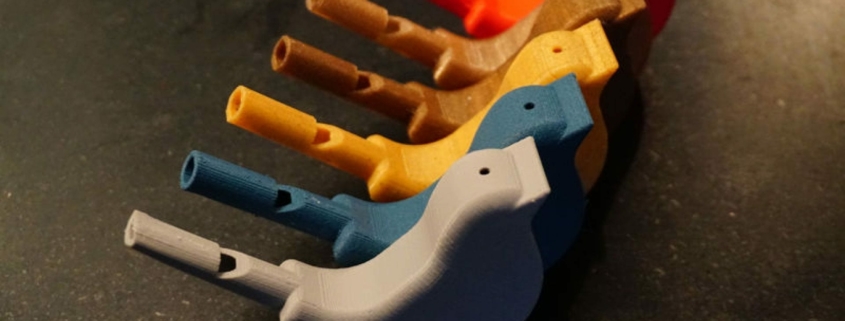3D printing has been grasped by many manufacturing organizations as a cost cutting measure, however, the money related investment funds likewise convert into a more manageable economy. Merchandise that used to be sent over the world would now be able to be 3D printed locally by the consumers, setting aside some cash as well as lessening fuel emissions.
Another advantage of 3D printing at home is that your parts will just utilize the measure of material really required. Traditionally manufactured injection molding parts create a ton of waste. In case that a 3D print fails, you can even reuse the as of now 3D printed material utilizing a filament recycler that first shreds the part into small strands of plastic and afterwards dissolves it into a brand new spool of filament! Another methodology is recently created 3D printing filaments produced using basic waste plastics offered by a few organizations (and it would be ideal if you reuse filaments whenever possible).
In spite of these advantages, there are sure things to remember that make 3D printing at home really sustainable. For example, a few thermoplastics utilized in FDM 3D printing like ABS emit vapors destructive to the air. Additionally, ABS isn’t bio-degradable. Environmentally friendly options in contrast to ABS are as of now available and new ones right now are being developed. Why not fulfill your interest and 3D print utilizing exotic filaments like hemp, beer or coffee?
While there are still unsolved issues, 3D printing can possibly be a piece of the answer for some environmental difficulties on a worldwide scale. Whenever done right, purchasing a 3D printing for your home can be a humble commitment to these efforts.

